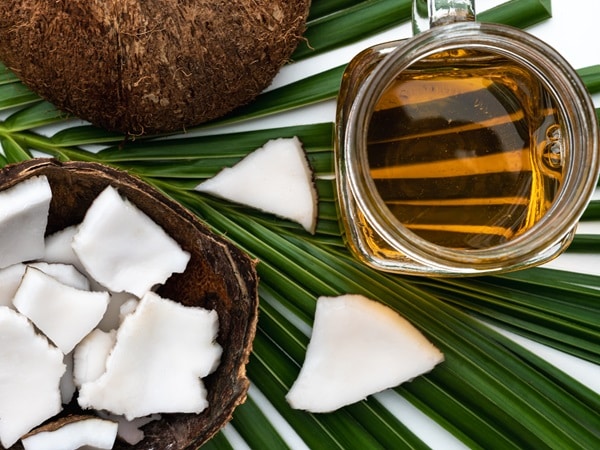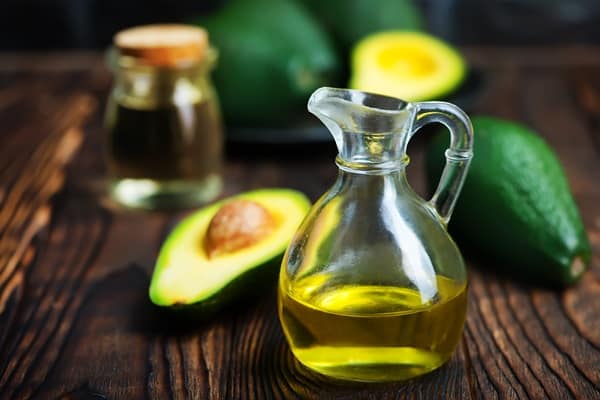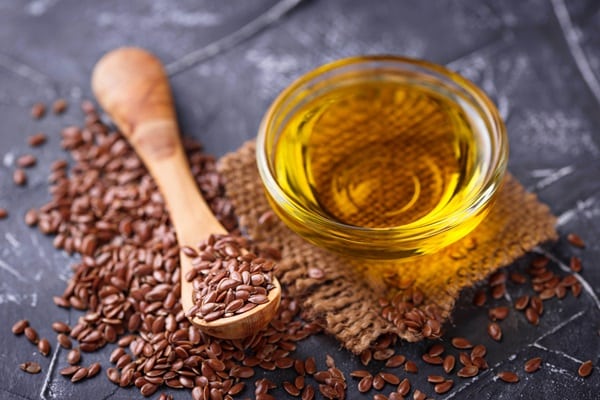Cooking oils are a cornerstone of culinary practices worldwide, playing a pivotal role in flavoring and cooking and contributing to the nutritional value of meals. The health benefits of cooking oils vary widely, influenced by their fatty acid composition, nutrient content, and heat stability. This article delves into the healthiest cooking oils, examining their nutritional profiles, health benefits, and best culinary uses. The aim is to provide a comprehensive guide to help readers make informed choices about the oils they use in their kitchens.
Contents
- 1 Olive Oil: A Heart-Healthy Staple
- 2 Coconut Oil: Saturated Fat, But Not All Bad
- 3 Avocado Oil: The Versatile, Nutrient-Rich Option
- 4 Canola Oil: A Controversial, Yet Common Choice
- 5 Flaxseed Oil: A Vegan Omega-3 Powerhouse
- 6 Walnut Oil: For A Nutty, Nutritional Boost
- 7 Grapeseed Oil: The Light, Cholesterol-Lowering Choice
- 8 The Bottom Line
Olive Oil: A Heart-Healthy Staple

Olive oil, particularly extra virgin olive oil, is renowned for its health benefits and is a staple in the Mediterranean diet. It’s primarily composed of monounsaturated fats, which are known to support heart health. The oil is also rich in antioxidants like polyphenols, which combat oxidative stress and inflammation. Its health benefits are most potent when used in cold dishes like salads or added to foods after cooking to preserve its nutritional qualities.
Despite its numerous health benefits, olive oil has a lower smoke point than other oils, making it less ideal for high-temperature cooking. It’s best suited for light sautéing, dressings, and as a finishing oil. Its distinct flavor can enhance the taste of various dishes, making it a popular choice in kitchens worldwide.
Coconut Oil: Saturated Fat, But Not All Bad

Coconut oil has gained popularity for its unique composition and potential health benefits. It is high in saturated fats, but these are mostly medium-chain triglycerides (MCTs), which are metabolized differently than other fats. MCTs are known to aid in weight management and may positively impact cholesterol levels. However, due to its high saturated fat content, moderation is key when incorporating coconut oil into a diet.
In the kitchen, coconut oil is versatile due to its high smoke point and distinctive flavor. It is a preferred oil for baking and frying and is a dairy-free alternative in many recipes. While its health benefits are debatable, coconut oil remains a favored choice for many health-conscious cooks.
Avocado Oil: The Versatile, Nutrient-Rich Option

Avocado oil is a nutrient-dense oil gaining popularity for its health benefits and culinary versatility. It is rich in monounsaturated fats, which are beneficial for heart health and can help reduce cholesterol levels. The oil is also a good source of vitamin E, an antioxidant that supports skin health. Its mild flavor and high smoke point suit various cooking methods.
Unlike other oils, avocado oil retains its nutritional properties even at high temperatures, making it ideal for frying, grilling, and roasting. Its mild, buttery flavor complements a range of dishes, from salads to marinades, making it a versatile addition to any kitchen.
Canola Oil: A Controversial, Yet Common Choice

Canola oil is a commonly used cooking oil with a low saturated fat content and a high omega-3 fatty acid profile. Its neutral flavor and high smoke point make it suitable for various cooking methods, including frying and baking. Canola oil’s balanced fatty acid composition makes it a heart-healthy option, as it can improve cholesterol levels and reduce the risk of heart disease.
However, canola oil is often surrounded by controversy due to concerns about its processing methods and the widespread use of genetically modified crops. Despite these concerns, it remains a popular choice in many households and is often recommended for its nutritional benefits and versatility in cooking.
Flaxseed Oil: A Vegan Omega-3 Powerhouse

Flaxseed oil is celebrated for its high alpha-linolenic acid (ALA) content, an omega-3 fatty acid crucial for heart health. This makes it an excellent choice for those following a vegan or vegetarian diet. Rich in anti-inflammatory properties, flaxseed oil can reduce the risk of chronic diseases and improve overall health. Additionally, it is a good source of lignans, compounds that may have antioxidant properties.
However, flaxseed oil is unsuitable for cooking due to its low smoke point and tendency to oxidize quickly. It’s best used in cold applications like salad dressings or added to smoothies. Its nutty flavor can enhance the taste of various dishes, making it a nutritious addition to a balanced diet.
Walnut Oil: For A Nutty, Nutritional Boost

Walnut oil, with its rich, nutty flavor, is a less common but highly nutritious cooking oil. It’s particularly high in polyunsaturated fats, including omega-3 fatty acids, which are known for their brain health benefits. The oil also contains antioxidants and anti-inflammatory properties, contributing to overall health and well-being. Its unique flavor makes it a delightful addition to salads and baked goods.
While walnut oil offers significant health benefits, its low smoke point is not ideal for high-heat cooking. It’s best used as a finishing oil or in dressings and dips. Integrating walnut oil into your diet can provide a delicious and nutritious twist to your meals.
Grapeseed Oil: The Light, Cholesterol-Lowering Choice

Grapeseed oil is another healthful option, known for its light flavor and high smoke point, making it suitable for various cooking methods. It’s high in polyunsaturated fats and vitamin E, an antioxidant that supports skin health and immune function. Grapeseed oil is also believed to have properties that can help lower cholesterol levels and improve heart health.
This oil’s versatility in the kitchen is remarkable. It can be used for stir-frying, grilling, and in salad dressings. Its neutral flavor does not overpower other ingredients, making it an excellent choice for various culinary applications.
The Bottom Line
In conclusion, the world of cooking oils offers diverse options, each with unique nutritional benefits and culinary uses. From the heart-healthy properties of olive and avocado oils to the unique omega-3 content of flaxseed and walnut oils, there’s an oil to suit every health need and cooking style. Grapeseed oil’s versatility and canola oil’s balanced profile further enrich this list. Understanding these oils’ properties allows individuals to make informed choices that align with their health goals and culinary preferences. As with any dietary choice, moderation and variety are key. Experimenting with different oils can boost the nutritional value of meals and add new flavors and dimensions to cooking.


